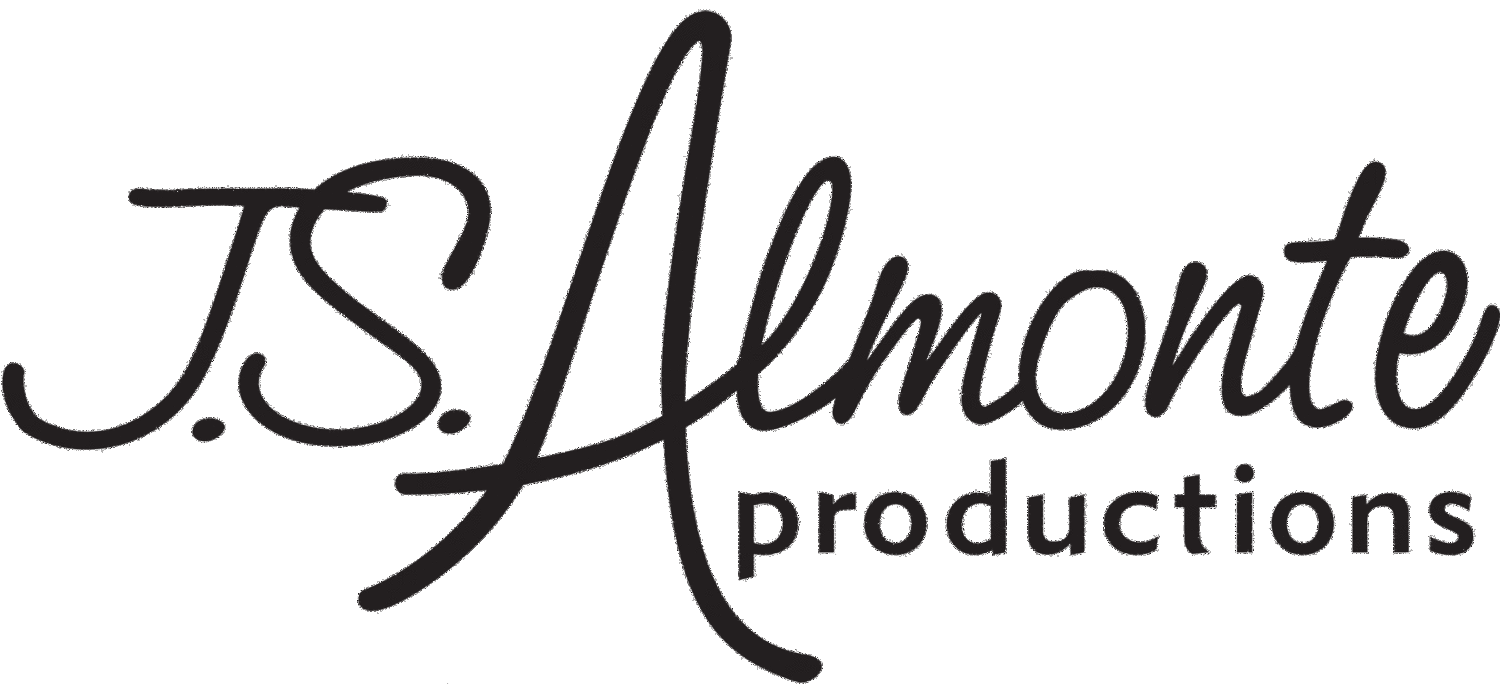This is part of a paper I wrote entitled “Artistry In Rhythm: Dialogue Through Dance in the Lindy Hop community.” Previous and future posts can be found by searching my blog for the category “Artistry In Rhythm.”
The most important creative decision concerning the Ultimate Lindy Hop Showdown had nothing to do with the format of the competitions. The event director, Amy Johnson, not only allowed people to film the contests with their own cameras, but also to let them distribute their footage freely. It was probably the most significant marketing idea in modern Lindy Hop history.
Amy was light years ahead of everyone in her thinking. After all, dance is a visual medium, best appreciated by seeing instead of hearing about it through word of mouth. Rather than diminish interest in ULHS, the strategy defied conventional wisdom and actually generated more interest. It quickly elevated ULHS to its current status as the premiere Lindy Hop competition in the world.
Even with this development, it took some time for video clips to be easily accessible since costs, bandwidth, and storage were issues for most would be hosts. Still, others contributed to the diffusion of videos as best they could. www.EiranEiran.com was one of the first aggregators of Lindy Hop video sites that offered downloadable clips.[1]
Then http://poy.no/ not only started to collect video clips and make them available for download, but also allowed other users to upload them for distribution.
wwwNatch.Net[2] even faced a legal threat over a question of the legality of making vintage Lindy Hop clips from old movies available for download.[3] That threat turned out to be false, but it is still something that video hunters of copyrighted material still struggle with today.
However, none of this is an issue with ULHS footage. The open invitation to film and distribute videos has made the legal issue moot. Eventually, the 2005 debut of YouTube took care of the the technical issues, eventually making all of those sites obsolete.
ULHS’s success has caused a domino affect by inspiring other events to be more free with their filming policies, making it easier for newer material to spread throughout the community.
Based on anecdotal evidence the Mad Dog and ULHS 2002 clips were the first community wide online viral videos. However, this was nothing compared to the ULHS 2006 Liberation division video that went viral in the true modern sense of the word, with over three million views on YouTube alone, and counting. In fact, I see it posted on random websites at least once or twice a month like I'm about to do right now.
As each day passes, it becomes easier and easier for dancers to see the best of the best performing from anywhere in the world and bring what they see to a dance floor in their own community without the expense of traveling.
Still, the “old school revolution” took some time to make its way around the national Lindy Hop scene. Writing in 2005 in the Yehoodi.com “Marking Time In The Lindy Scene” thread Nicole Frydman noted:
“Just from a pure sociological observation standpoint, I really don't see how anyone could argue that anything that has come since the moochers has had as large an effect. If you look at the physical proof of how people are dancing on the floor, the argument just doesn't hold up.”[4]
This was approximately two and a half years after the Mad Dog performance and the first ULHS, which both occurred in late 2002. The reason for Nicole’s observations at the time were probably because, in part, the Moochers were able to travel more as a group to a smaller pool of events. Mad Dog only performed twice, with slightly different line ups, and never taught or performed as a group after that.
Also, the national scene was a little older by 2002 and more established than it was in 1999. The movement that Mad Dog sparked was not only in competition with the other existing trends like Groove and Hollywood, but also with new emerging ones.
It’s always trendy to forecast trends; wondering what the next big shift or trend will be. But rather than another seismic shift like Minnies’ Moochers or Mad Dog, it has been many smaller developments that have cumulatively affected the scene since 2002. The most significant of which was the development of separate and thriving Balboa and Blues dance events in addition to local, sub-scenes or events that promote Old School, Hollywood, groove, etc. almost exclusively.
Marty & Jen Lau winning first place at the first All Balboa weekend in 2002
Mike Faltesek teaching at Cheap Thrills All Blues Weekend in 2005. Started in 2003, Cheap Thrills was one of the first all blues centric events in the country.
The separation of the community has fostered specialization in dances that has allowed dancers to develop in ways that no one could have imagined in 1999. New dancers are becoming better faster and are more versatile than dancers who started 10 years ago. The research and experimentation going on in these sub-communities has added a greater range of movement and options to everyone.
The extent of the actual influence of Mad Dog and Minnie’s Moochers on the Lindy Hop community may be debatable, but they do serve as important milestones in the community’s history and development. However the warnings from the 1999 World Lindy Hop Championship debate are still relevant: That teachers, routines, events, or musical trends could be double edged swords. They can be as inspirational as they can make people too complacent to see Lindy Hop as a living, breathing art form.
[1]http://web.archive.org/web/20030210085248/http://www.eiraneiran.com/lindylinks.htm last accessed 10/26/09
[2] http://www.natch.net/videos/index.html
[3] http://www.yehoodi.com/phpBB2/viewtopic.php?t=62250 last accessed 10/26/09
[4] http://www.yehoodi.com/phpBB2/viewtopic.php?p=593328#593328 last accessed 10/26/09



